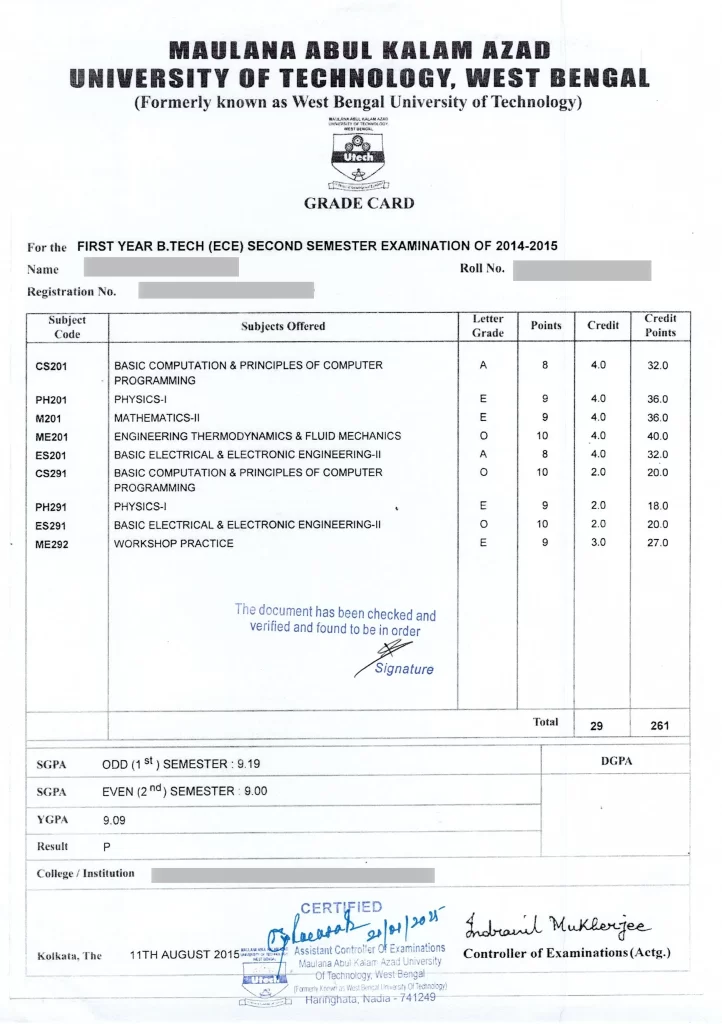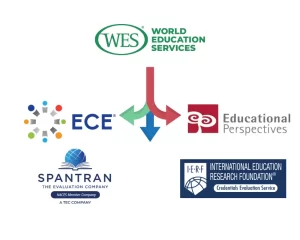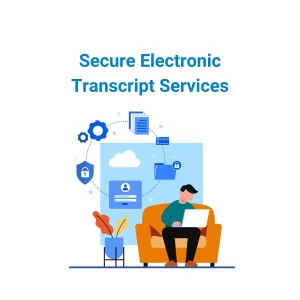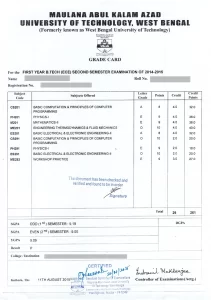Verifying a candidate’s marksheets is essential but often a slow and tedious task for companies and educational institutions. Traditional verification processes rely on physical and manual authentication of the documents. This route leads to possible document forgery and errors.
The use of modern solutions has made the marksheet verification process fast and secure. Tools such as electronic transcripts, as well as online verification services offer simplification in the process. It reduces the overall processing duration and enhances authenticity.
In this guide, we’ll explore common challenges in traditional verification methods and share practical tips to streamline the process. Embracing technology can help you save time, boost accuracy, and build a more efficient system for verifying academic credentials.
Table of Contents
Challenges in the Traditional Process
The traditional method of verifying the mark sheet faces several hurdles. This situation leads to a flawed mechanism that causes discomfort for all the involved people. A significant issue is the heavy dependency on physical paperwork. This dependency adversely affects the pace and accuracy. During the physical transits, documents may also get lost or soiled. If a central repository is not present for maintaining all the critical academic records, the process can become very cumbersome.
Miscommunication between universities, employers, and verification agencies further compounds these delays, creating unnecessary roadblocks. If the process involves manual checks, errors are inevitable. This also raises a big question about the credibility of the system.
If a reliable and secure technology is absent to safeguard the credibility of the process, trust in the same can be hampered. Such inefficiencies actually lead to a scenario where faster, secure, and reliable solutions are present to streamline academic credential verification. Using modern solutions like digital transcription, any user can easily overcome associated challenges and create a more efficient and trustworthy verification procedure.
1. Manual Paperwork
Dependency on physical copies of mark sheets translates to dealing with delays caused by postal services and lost documents during the transits.
2. Authentication Errors
As the title suggests, like any other manual verification, reliance on complete human monitoring can lead to a higher chance of fraud and misinterpretation of the academic records.
3. Lack of a Centralized Database
Many institutions lack a unified system for educational verification, making it harder to verify a candidate’s academic history quickly.
4. Time-Consuming Correspondence
The use of a manual verification process is prone to frequent communication between the involved parties. This can easily take several days, weeks, and, in some cases, months.
5. Risk of Forged Documents
The absence of digital safeguards increases the risk of falsified marksheets, undermining trust in the mechanism.
Tips for Expediting the Marksheet Verification Process
As we have identified the challenges in the manual verification process, we can move to explore the tips to overcome them and refine the marksheet verification procedure.
1. Digitize Records with Electronic Transcripts
Electronic transcripts have revolutionized academic records. Physical documents are not shareable, secure, and tamperproof, unlike electronic transcripts. Universities, as well as other institutions, must issue mark sheets in digital avatars to reduce the overall processing duration and ensure authenticity. The processing time of verification can be down to hours from several months if electronic transcripts are used.
2. Use Online Verification Services
Digital verification services are specifically designed to streamline academic verification. These platforms and solutions offer a centralized repository. This database helps institutions, universities, employers, and third-party agencies validate academic records.
Integrating an online verification solution inside the academic record verification environment can reduce manual human intervention. Also, it ensures data security accuracy and less turnaround time.
3. Automate the Verification Workflow
Automation solutions for the academic record verification process using electronic transcripts make repetitive tasks more manageable and accurate. Hence, cross-checking and follow-up can be seamless and hassle-free.
For instance, setting up automated notifications when a verification request is completed can enhance communication and save time.
4. Improved Collaboration Between Stakeholders
Effective and prompt communication between all the involved parties in the academic record verification process is an essential component of making the same success. Any entity, such as a university, employer, institution, or third-party agency, can benefit by adapting electronic transcription mechanisms.
For example, institutions could set up dedicated portals for employers or agencies to request and receive marksheet verifications.
5. Educate Students on the Importance of Accurate Documentation
Wastage of time and delays in the verification process can arise from incompetent and inaccurate documentation. With correct guidance and education offered to students regarding the submission of accurate and latest mark sheets, unnecessary back-and-forth communication can be avoided.
6. Leverage AI and Data Analytics
The use of AI(artificial intelligence) and complex data analytics can help identify errors in academic credentials and records. The person using these tools can easily flag any probable fraud cases. Hence, process optimization and advanced detection of issues are more likely to happen successfully than with a manual verification system.
Summing up
By embracing tools like electronic transcripts by online verification services very efficient automation is possible. This transformation can be instrumental in achieving a quick and dependable verification of credentials.
As technology witnesses evolution, innovations like blockchain and AI will have a very critical role in transforming how academic credentials are verified. By staying ahead of these innovative trends one can create a system that is not just efficient but also secure and authentic.
First step is to examine your present marksheet verification mechanism and spot the areas for enhancements. Small tweaks can lead to major time and cost saving outcomes in future.



